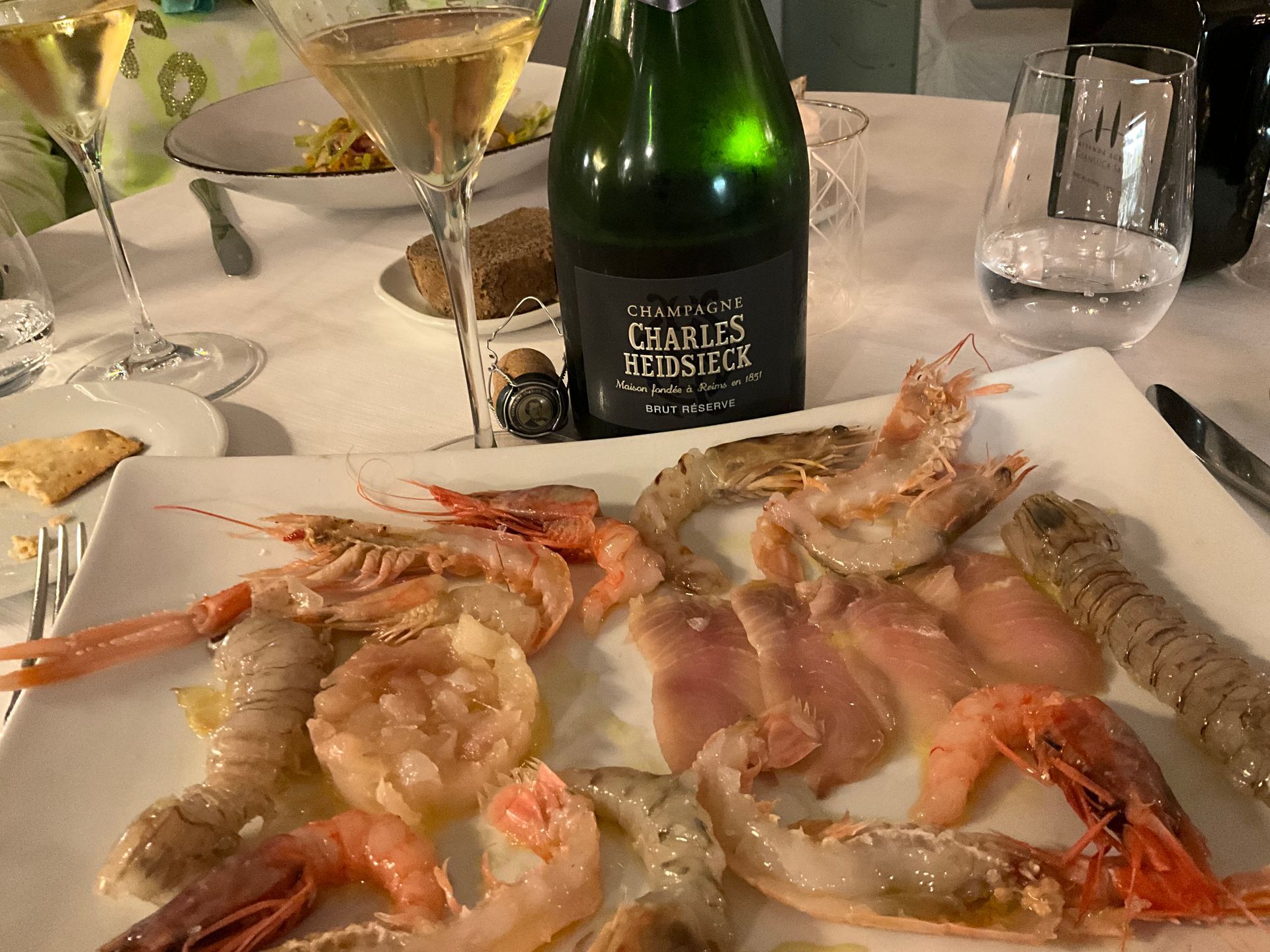As the author of a book on the evolutionary genetics of sex, I'm not just fascinated by the taste of shrimp.
George Williams first claimed, in his 1975 study Sex and Evolution, that the biological sexual systems of mammals and birds are extremely conservative. This view contradicted the dominant theories of the time.
"We're all trapped in sex," John Maiyard-Smith once told me. We weren't talking about shrimp, we were talking about people. Maynard Smith was, of course, alluding to the newly discovered phenomenon of the genomic imprint. By sex, we mean that Individuals can produce two different germ cells: On the one hand, an egg, immobile, stationary, tailless, storing energy reserves, therefore large, and above all very, very rare; On the other hand, small, cheap sperm that only have to be good at one thing: swim fast quite big cock.
We are all trapped in sex, yes, unfortunately or fortunately, and the highly competent queer state secretary of the German government and various ethics council members of the same country choke on this simple fact.
Of course: in contrast to mammals and birds, many fish and plant lineages are sexually flexible. So when I eat shrimp or other crustaceans, the first thing I think of is their weird sex features. Shrimp, for example, are hermaphrodites, i.e. hermaphrodites. These are individuals who can produce both sperm and egg cells during their sexual reproduction. Admittedly, hermaphroditism can be genetically structured in such a way that an individual undergoes a sex change in the course of his life. And so there is much more to discover with shrimp. For example, the ecologist J. Antonio Baeza knows that Caridea shrimp have six different sexual systems.
These are, original Baeza, "gonochorism (separate sexes), strict protandry, partial protandry with primary females, partial protandry with primary males, partial protandry with primary males and primary females, and protandry concomitant hermaphroditism."
Protandry, biologists often come up with funny terms, is a form of hermaphroditism in which an individual is initially male and later in life becomes a female. Of course, there is also a reverse development. One reason why shrimp taste so good to me.
The fact that the sex of shrimp varies depends on the age and thus on the size. Unlike German state secretaries, shrimp grow their entire lives, just like fish. The young shrimp are small and sperm-producing males. At a certain size, they switch sex, become females, and produce eggs.
I'm relatively sure that there were a lot of females on the fish platter in the Acqua Pazza, which incidentally was ordered by 90 percent of the guests that evening.
What about a full-bodied champagne like the Charles Heidsieck Brut Réserve? Very much. About that another time.
Publiziert wurde der Beitrag Sexual Systems in Shrimps (Infraorder Caridea Dana, 1852), with Special Reference to the Historical Origin and Adaptive Value of Protandric Simultaneous Hermaphroditism von J. Antonio Baeza 2018 in Janet L. Leonard, Editor: Transitions Between Sexual Systems Understanding the Mechanisms of, and Pathways Between, Dioecy, Hermaphroditism and Other Sexual Systems.





